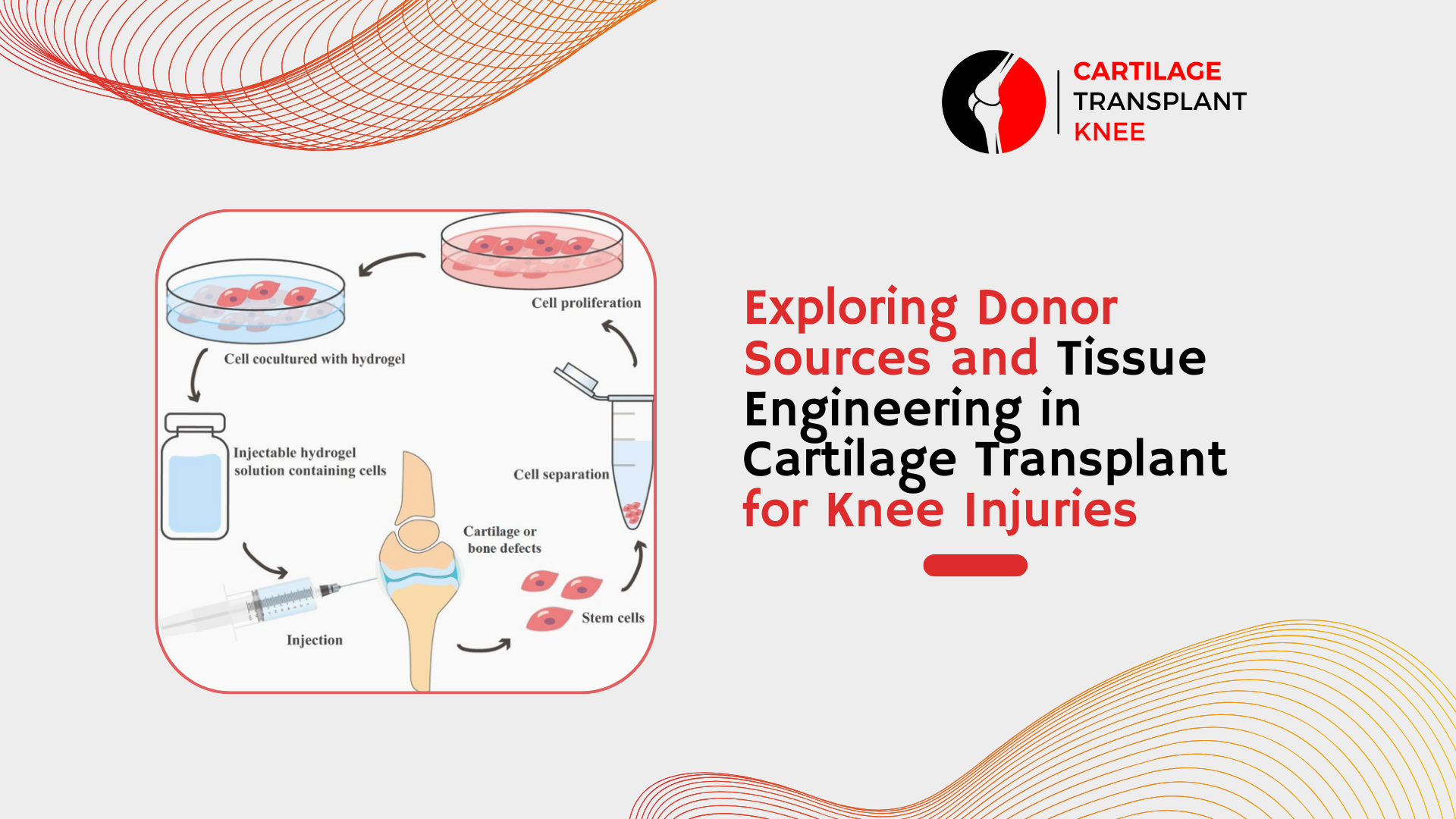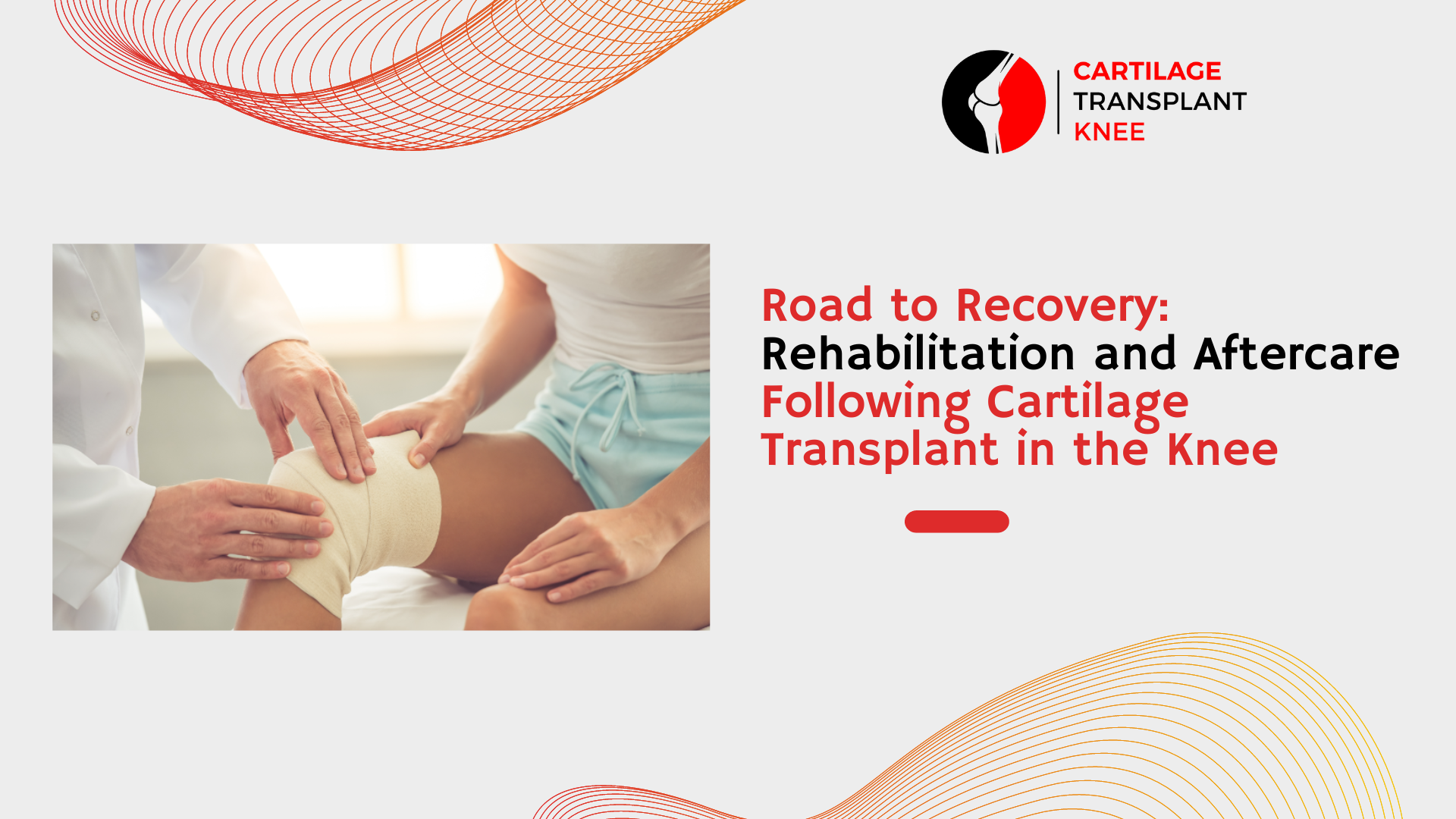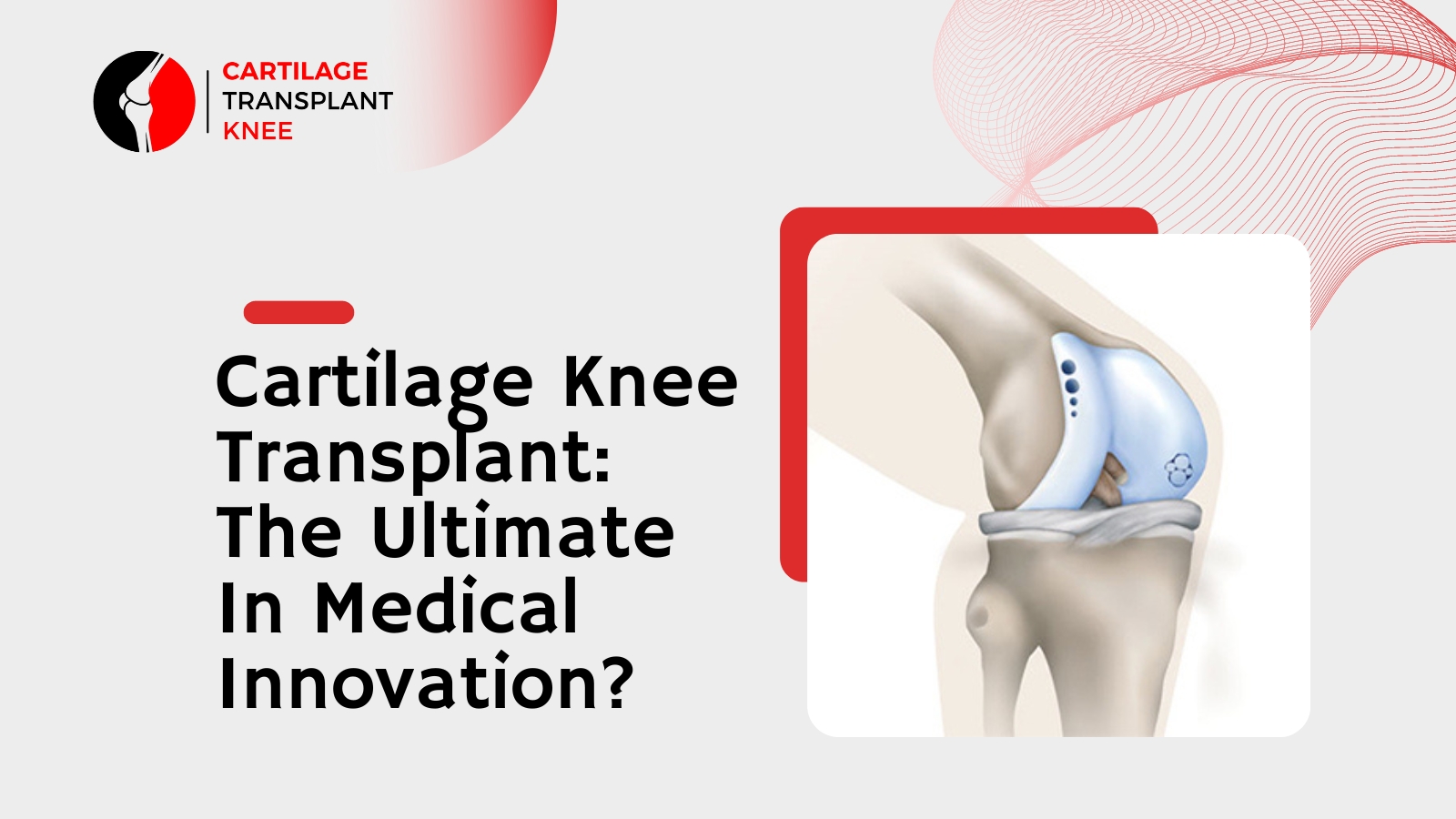Patellar dislocation is a condition that occurs when the patella (kneecap) is displaced from its normal position in the groove at the end of the thigh bone (femur). This can cause pain, instability, and limited mobility in the knee joint. In this blog, we will discuss the pathology, causes, and medical and surgical treatment options for patellar dislocation.
Pathology:
The patella is held in place by ligaments and tendons that attach to the surrounding bones and muscles. Patellar dislocation occurs when these ligaments and tendons are damaged or stretched, allowing the patella to slip out of its normal position. This can cause damage to the surrounding cartilage, muscles, and bones, leading to pain and instability in the knee joint.
Causes:
There are several factors that can increase the risk of patellar dislocation, including:
1. Anatomical abnormalities: People with abnormal knee anatomy, such as a shallow groove in the thigh bone or a high-riding patella, are more likely to experience patellar dislocation.
2. Trauma: Direct blows to the knee, falls, or sudden twisting movements can cause the patella to dislocate.
3. Muscle weakness or imbalances: Weakness or imbalances in the muscles that support the knee joint can increase the risk of patellar dislocation.
Medical treatment options:
The initial treatment for patellar dislocation typically involves non-surgical measures to reduce pain and inflammation, such as:
1. Rest: Avoiding activities that aggravate the knee joint and taking time off from sports or other physical activities can help reduce pain and promote healing.
2. Ice: Applying ice to the knee for 15-20 minutes at a time can help reduce pain and inflammation.
3. Compression: Using a compression bandage or knee brace can help reduce swelling and support the knee joint.
4. Physical therapy: Strengthening exercises and stretching can help improve muscle strength and stability in the knee joint.
Surgical treatment options:
If non-surgical treatments are not effective, surgical options may be considered to repair or reconstruct the damaged ligaments and tendons. The most common surgical options for patellar dislocation include:
1. Arthroscopy: A minimally invasive procedure that uses small incisions and a camera to visualize and repair the damaged ligaments and tendons.
2. Medial patellofemoral ligament (MPFL) reconstruction: A surgical procedure that involves using a graft to reconstruct the damaged MPFL, which is the main ligament that stabilizes the patella.
3. Tibial tubercle osteotomy: A surgical procedure that involves moving the attachment point of the patellar tendon to the tibia to realign the patella in its proper position.
4. Lateral release: A surgical procedure that involves cutting the ligaments and tendons on the outer side of the knee to release tension and allow the patella to track properly.
In conclusion, patellar dislocation is a condition that can cause pain, instability, and limited mobility in the knee joint. The pathology of patellar dislocation involves damage or stretching of the ligaments and tendons that support the patella. The causes of patellar dislocation include anatomical abnormalities, trauma, and muscle weakness or imbalances. Non-surgical treatment options, such as rest, ice, compression, and physical therapy, can be effective in reducing pain and promoting healing. If non-surgical options are not effective, surgical treatment options, such as arthroscopy, MPFL reconstruction, tibial tubercle osteotomy, and lateral release, may be considered to repair or reconstruct the damaged ligaments and tendons. If you are experiencing symptoms of patellar dislocation, it is important to consult with a healthcare professional.









